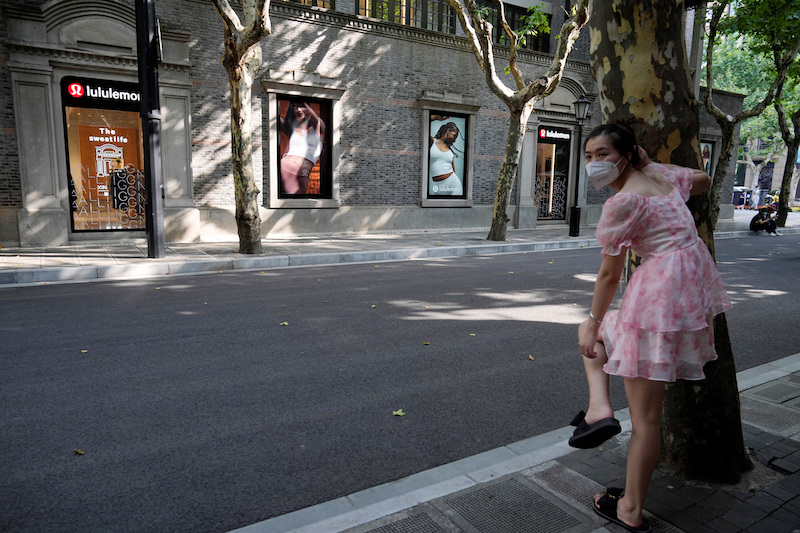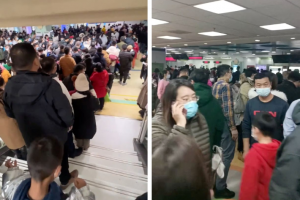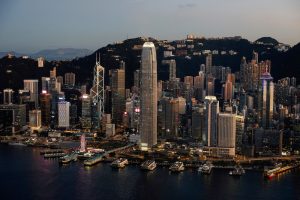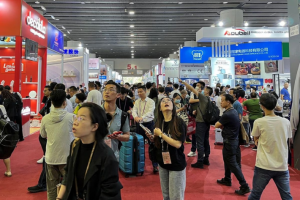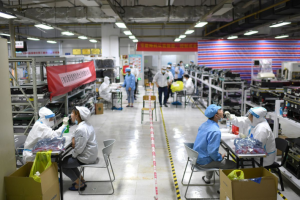Chinese retail is struggling as e-commerce and bricks-and-mortar boutiques saw sales plunge during Shanghai’s coronavirus lockdowns.
Days after the curbs eased, large “sale” signs went up across Shanghai, with retailers from Lululemon to Victoria’s Secret offering discounts to lure shoppers.
And even Chinese retail online outlets are battling to clear a glut caused by lockdowns and supply interruptions.
“This affected us a lot,” said Josh Gardner, founder and chief executive of China market e-commerce partner Kung Fu Data, which manages online stores for 10 fashion brands, including G-Star Raw.
Retailers are stuck with piles of unsold stock as cautious consumers stay away from the commercial hub’s glitzy shopping districts.
Curbs to stop the virus in Shanghai, the Chinese retail fashion capital, ground the city of 25 million to a halt in April and May, leaving clothing and beauty product displays in stores untouched and containers of imported apparel stranded at port.
The city’s re-opening this month saw a flood of goods ship from warehouses to store shelves already laden with merchandise unsold during two months of lockdown. Normally around a fifth of all imported goods coming into China pass through Shanghai’s port.
“In April, May on China’s major e-commerce platforms, there wasn’t a T-shirt to be found, we were sold out of summer stock and so was everyone else, there was just no product,” Gardner said.
“Now, everyone’s just bleeding and stuck with a lot of inventory they can’t move.”
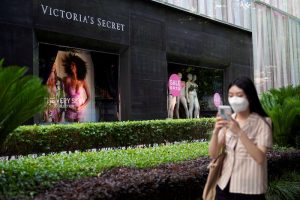 E-Commerce Sales Flat
E-Commerce Sales Flat
One consultancy estimated that sales during “618” – a major shopping event in China from May 31 to June 20 – across the main e-commerce sites, such as Tmall and JD.com, were flat year-on-year.
In the event’s opening week, data from Tmall showed men’s wear sales had dropped 22% and women’s wear was down 4%, although activewear sales rose 26%, possibly due to an increased focus on fitness during the lockdown.
For now, some retailers are warehousing inventory and ordering less for the fourth quarter when they will try to clear existing stock through November’s Singles’ Day.
“For the apparel category, due to the epidemic and sluggish consumption, there is a high level of inventory backlog of spring collections,” JD.com chief executive Lei Xu said following the online retailer’s first quarter earnings.
“As a result, many factories are considering skipping their summer collections.”
Chinese retail “flash sales” specialists OnTheList, which sells luxury products for brands including Versace, Jimmy Choo and Lanvin at discounts of 70% or more, re-opened its physical Shanghai showroom last weekend with a sale from Salvatore Ferragamo.
Jean Liang, OnTheList’s China managing director, said luxury brands are now more open to online sales, as well as offline sales, while cosmetics brands are proactively looking to hold sales to clear excess inventory.
Sending products abroad to be distributed in Europe or America is another solution but is currently complicated by surging shipping and air transport costs, said Benny Wong, supply chain director at online wholesale marketplace, Peeba.
“Now the main hurdle is transportation … that creates a big problem for the inventory owner,” he said. “Inventory can kill (and) some product categories have huge inventory to move.”
- Reuters, with additional editing by George Russell
READ MORE:
China-Owned Lanvin Hopes to Put US IPOs Back in Fashion
Scotch & Soda Boosts China Business – Fashion Network
Chinese Fashion Retailer Shein ‘Reviving Plan for US IPO’




